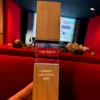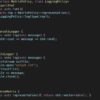Here’s a quick summary of what might interest you in the sprawling but enriching maze of booths and sessions that is Vivatech!
*Can AI help us speed up the energy transition?*
➝ That’s a great question. The answer tend to be yes for us. The AI we are developing and integrating into our customers devices we designed is indeed moving in that direction!
Plus, There are many possible scenarios:
- AI can optimize the distribution of electricity in smart grids, balancing supply and demand in real-time.
- Machine learning algorithms can predict weather patterns and energy production from renewable sources like solar and wind.
- AI can analyze and optimize energy usage in buildings and industrial processes, reducing overall consumption. Smart thermostats and energy management systems use AI to adjust heating, cooling, and lighting based on occupancy and usage patterns.
- AI can predict when energy infrastructure components, such as turbines or solar panels, will need maintenance. This reduces downtime and prolongs the life of equipment, ensuring more consistent energy production.
- AI can optimize charging schedules for electric vehicles to ensure they are charged using renewable energy sources whenever possible and to minimize strain on the grid during peak times.AI can manage energy storage systems, such as batteries, to ensure they are charged and discharged at optimal times. This maximizes the use of renewable energy and enhances grid stability.
- AI can manage energy storage systems, such as batteries, to ensure they are charged and discharged at optimal times. This maximizes the use of renewable energy and enhances grid stability.
We can’t wait to hear what they have to say Jeremy Kahn Hiroshi Matsuda Claire Monteleoni Philippe Rambach Thomas Spencer
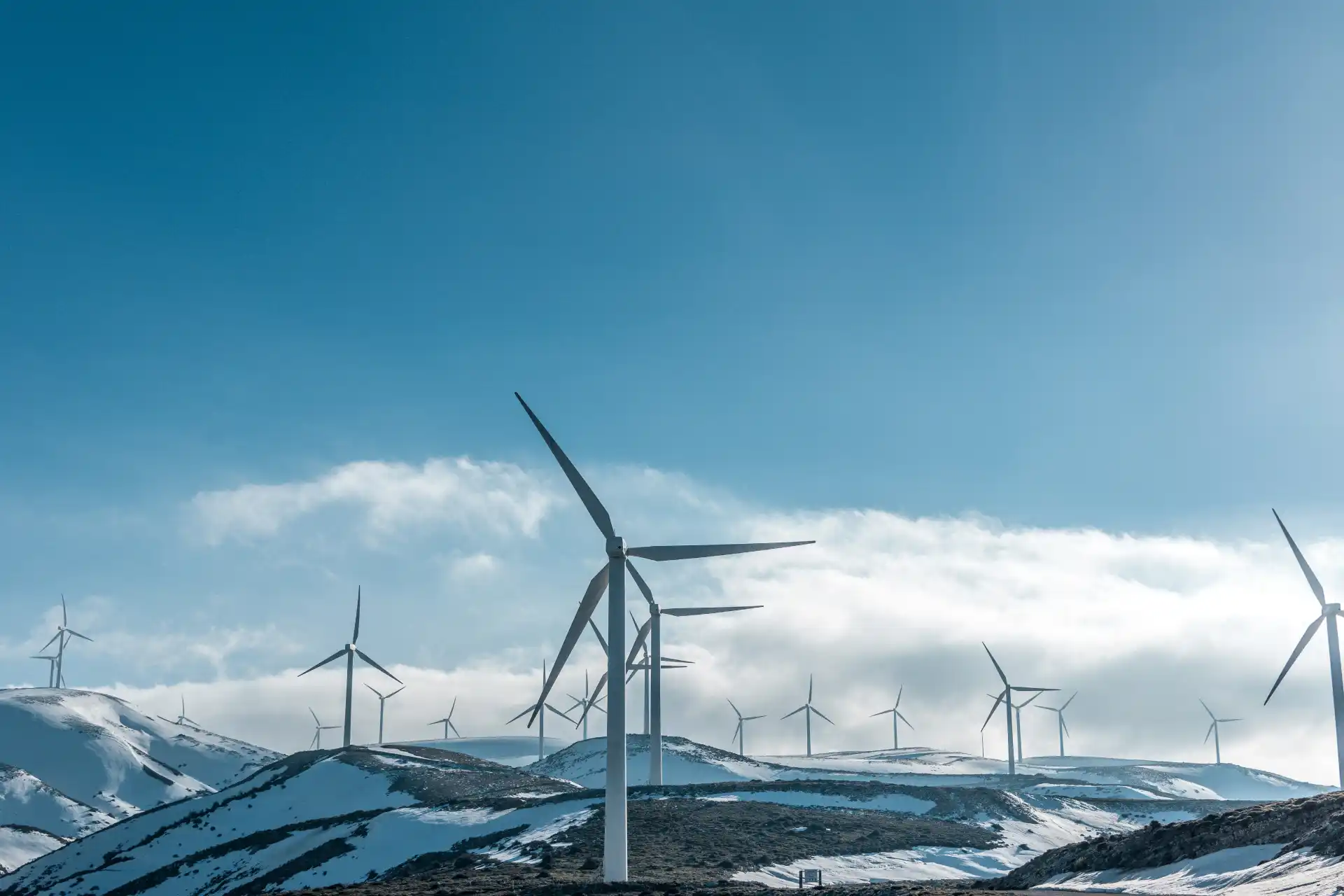
*Advancing Mobility Together: How Siemens & Tended partnership enhance safety and keeps trains moving*
It obviously resonates with us, because we’re working on the same issues in France. The challenge for us is to be able not only to design the hardware product, but also to develop the AI and set up the associated cloud infrastructure!
Here are some other ways this can be achieved:
Real-time Health Monitoring:
– Wearables: Equip railway workers with wearables that monitor vital signs such as heart rate, blood pressure, and fatigue levels.
– AI: Use AI to analyze this data in real-time to detect signs of fatigue, stress, or health issues, alerting the worker and the control center to take preventive action.
Geofencing and Location Tracking:
– Wearables: Use GPS-enabled wearables to track the location of railway workers.
– AI: Implement geofencing to create virtual safety zones around hazardous areas. AI can alert workers and supervisors if someone enters a dangerous zone, helping prevent accidents.
Collision Avoidance:
– Wearables: Equip wearables with sensors that detect proximity to moving trains or other hazards.
– AI: AI can process data from these sensors to warn workers of approaching trains or vehicles, reducing the risk of collisions.
Fall Detection and Response:
– Wearables: Incorporate accelerometers and gyroscopes in wearables to detect falls or unusual movements.
– AI: AI algorithms can analyze this data to differentiate between normal movements and accidents, triggering immediate alerts for emergency response if a fall is detected.
Environmental Monitoring:
– Wearables: Provide wearables with sensors to monitor environmental conditions such as temperature, humidity, and exposure to harmful gases.
– AI: AI can analyze these environmental data to identify unsafe conditions, alerting workers and management to take necessary actions.
…
By integrating wearables with AI, railway systems can significantly enhance safety measures, providing proactive and real-time solutions to protect workers and passengers.
Looking forward to here from Peter Hopwood, Presenter, MC, Storytelling Speaker Coach Dr. Şilan Hun Leo Scott Smith
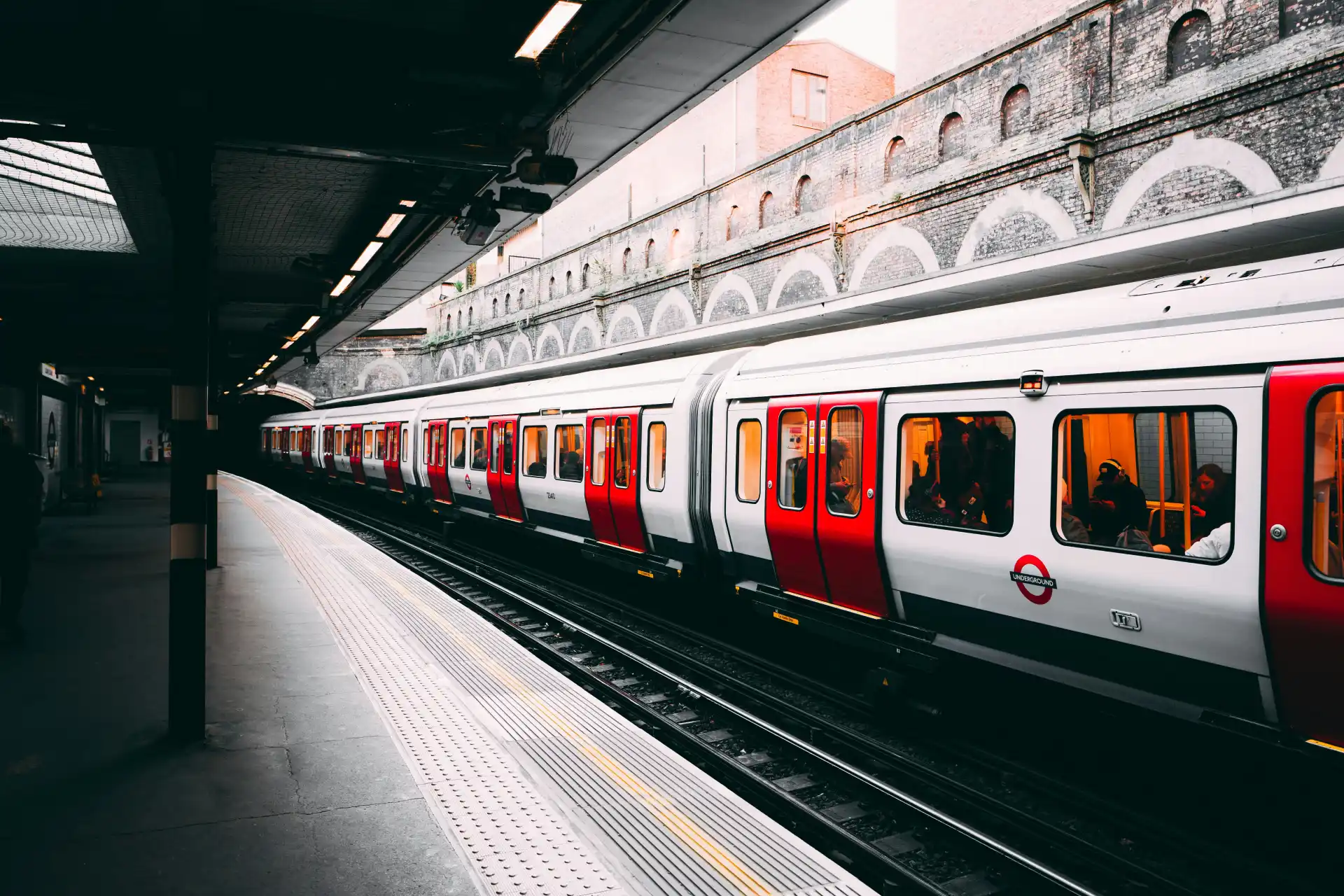
*Green Metropolis: Shaping Climate-Smart Cities*
➝ As a high-tech product design and industrialization agency, we have several strategies we can implement by designing hardware product to help reduce carbon emissions in smart cities!
For exemple, here what we can do for smart cities companies & providers:
Energy-Efficient product design:
– Develop products that consume less energy by using energy-efficient components and optimizing power management.
– Design smart appliances and devices that can adapt their energy usage based on real-time data and user behavior.
Integration of renewable energy sources:
– Create products that facilitate the integration of renewable energy sources like solar panels and wind turbines into the urban energy grid.
– Design energy storage solutions to store excess renewable energy and provide a stable supply when needed.
Smart grid solutions:
– Develop smart grid technologies that optimize the distribution and consumption of electricity, reducing waste and improving efficiency.
– Implement AI-driven systems to balance supply and demand, predict usage patterns, and integrate distributed energy resources (DERs).
Electric vehicle (EV) infrastructure:
– Design and deploy charging infrastructure for electric vehicles, making it convenient and efficient for users to charge their EVs.
– Create smart charging systems that prioritize charging during off-peak hours and use renewable energy sources whenever possible.
Sustainable Urban Mobility:
– Develop smart public transportation systems that optimize routes and schedules based on real-time data, reducing fuel consumption and emissions.
– Create platforms for shared mobility solutions, such as bike-sharing and car-sharing programs, to reduce the number of individual vehicles on the road.
IoT and Smart Building Solutions:
– Design IoT-enabled devices that monitor and control energy usage in buildings, such as smart thermostats, lighting systems, and HVAC systems.
– Implement building management systems that use AI to optimize energy consumption, improve insulation, and reduce waste.
Waste management technologies:
– Develop smart waste management systems that optimize collection routes and schedules, reducing fuel consumption and emissions from waste collection vehicles.
– Create recycling and waste-to-energy solutions to minimize landfill use and generate clean energy from waste materials.
Water and resource management:
– Design smart water management systems that monitor and optimize water usage, detect leaks, and reduce waste.
– Create solutions for efficient resource management, such as smart irrigation systems for urban green spaces that conserve water.
Promote Circular Economy Principles:
– Design products with longevity, repairability, and recyclability in mind, reducing the overall environmental impact.
– Implement sustainable manufacturing processes that minimize waste and use eco-friendly materials.
We’re curious to know what they will talk about:
Daphné Leprince-Ringuet Koen Olthuis Cecilia Kushner Helene Chartier Jacques Beltran
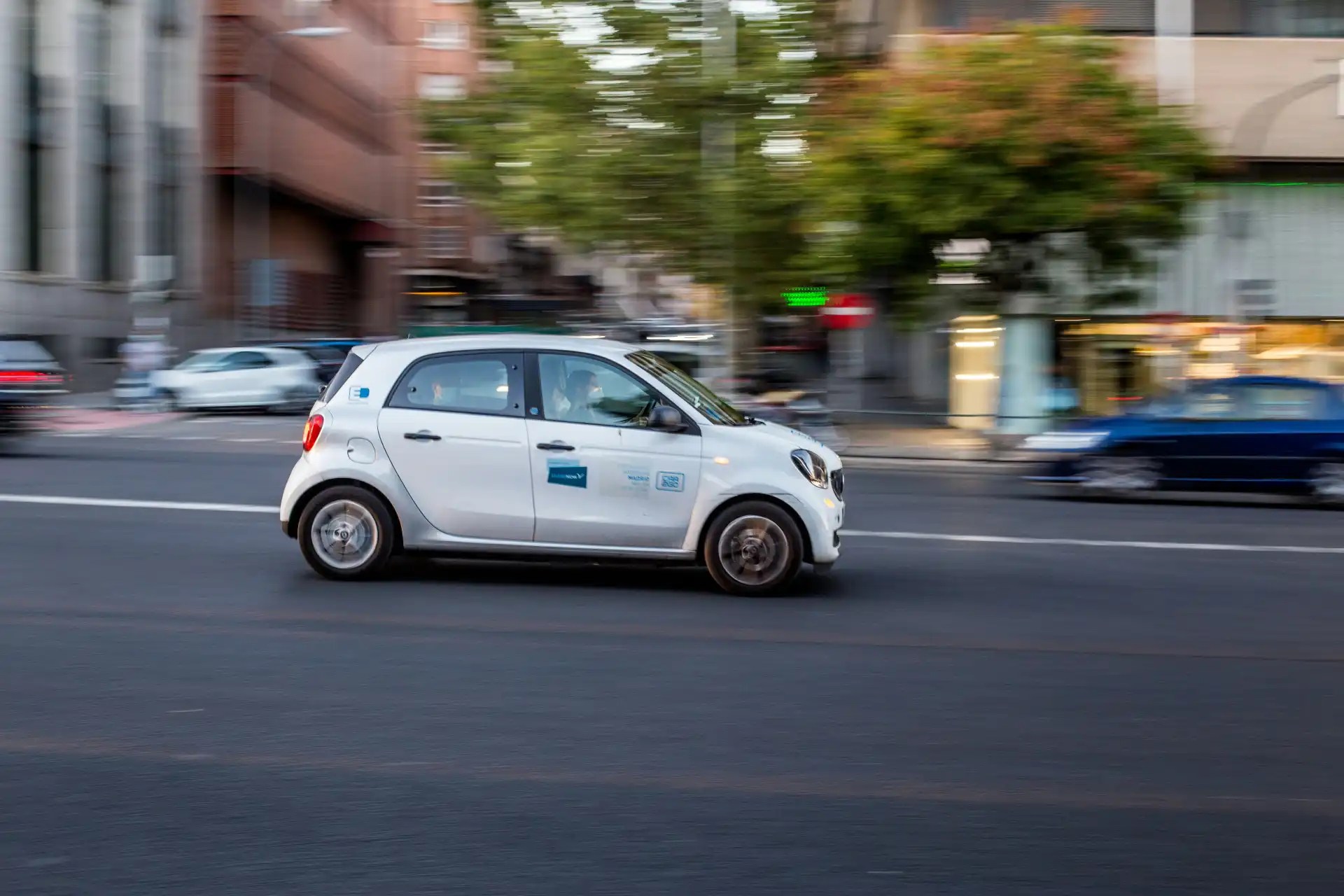
Are you working on one of these subjects?
We’d love to hear from you!
